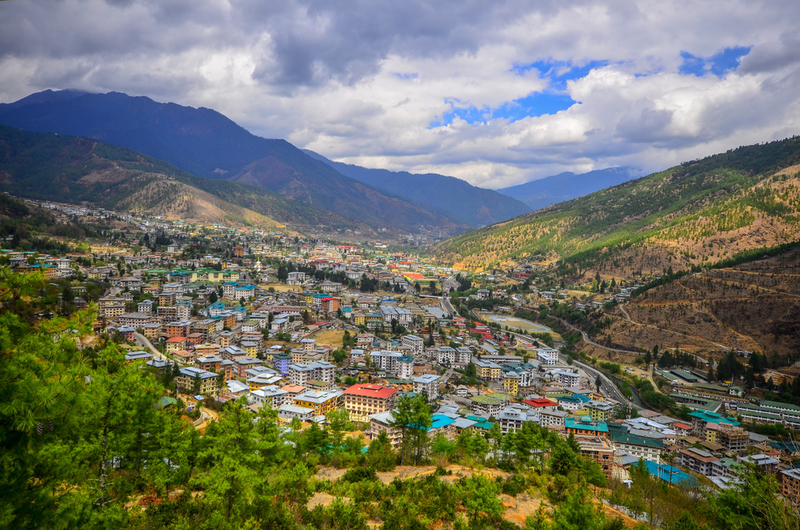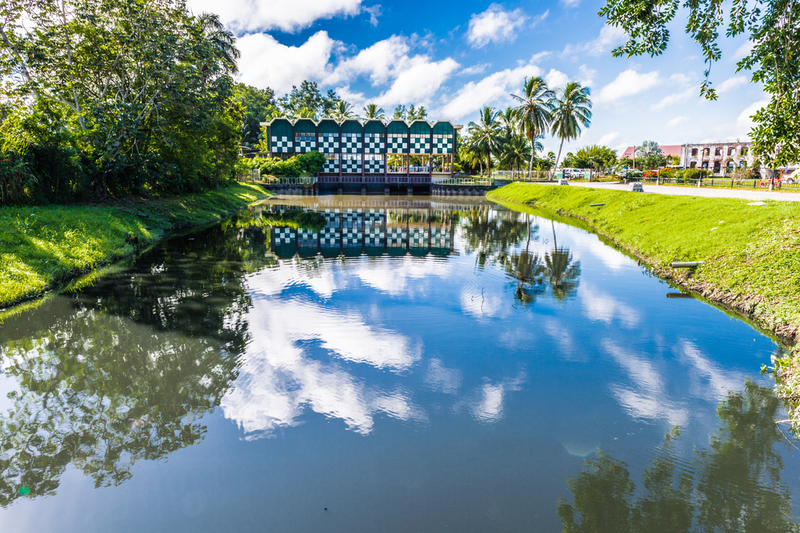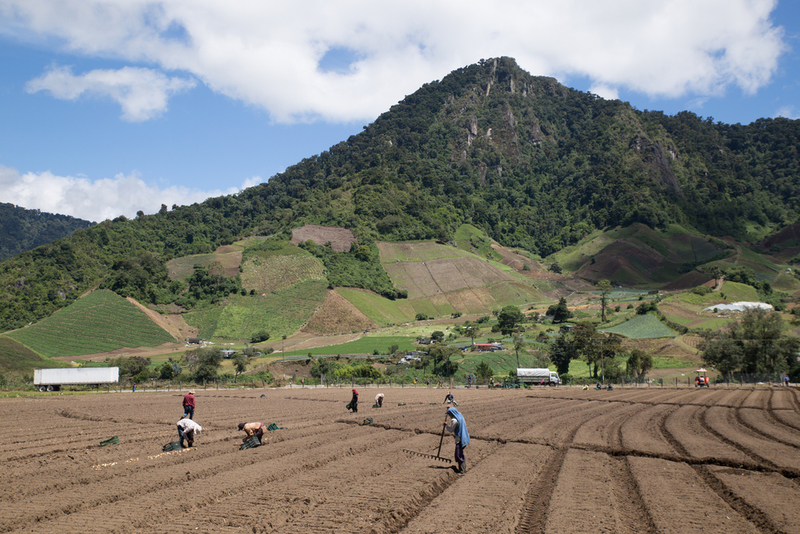Carbon-negative means absorbing more carbon dioxide than emitted. It requires tremendous will, leadership, and collective responsibility. While not an easy feat, a select few are already taking the lead. What’s more, they happen to be three of the smallest nations in the world – Bhutan, Panama, and Suriname.
The three nations were the only ones to seal the Carbon Negative Alliance in 2022 at Glasgow. Considered ‘the holy trinity of negative carbon, here’s a look at how these countries are doing things differently.
Bhutan
Bhutan is a tiny Himalayan country nestled between India and China. The nation is known for its rich natural heritage – from dense forests and mighty rivers to snowy peaks and subtropical plains.
Environment conservation is intrinsic to cultural and political life in Bhutan. The country’s homogenous Buddhist population considers nature sacred and the duty of all individuals to protect it.

Bhutan measures progress not in GDP but as GNH or Gross National Happiness – of which environmental conservation is one of the four pillars. The constitution mandates that Bhutan must preserve 60% of its forest. Reports indicate that the country has almost 72% of forest cover.
Bhutan shows the world what is possible when there is political will. Its forests function as a massive carbon sink. Power supply and significant revenue come from renewable hydropower. Bhutan emits four million tonnes of carbon but absorbs nine million tonnes every year.
Suriname is one of the smallest states in South America. The tropical country has 97% of lush forest cover that acts as a carbon sink. Leading the conservation movement are Suriname’s indigenous people. The country’s achievements are stellar — all of this, despite the country’s dependence on natural resources such as gold, agricultural products, and petrochemicals.

Panama lies on the borders of South America and is known for its tropical forests, rivers, and mountains. The country has more than 60% of its land under forest cover and plans to reforest an additional 50,000 hectares by 2050. Panama also intends to phase out coal and heavy fuel usage.
